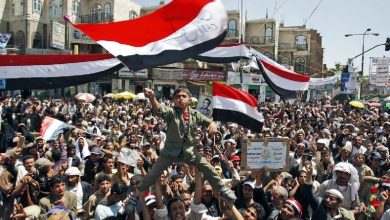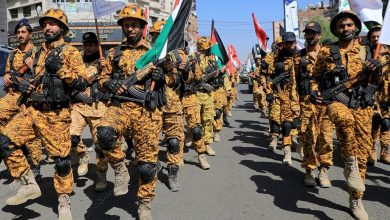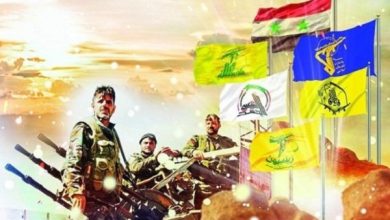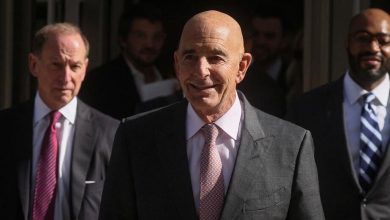“It is the same path, not just the same hero.”
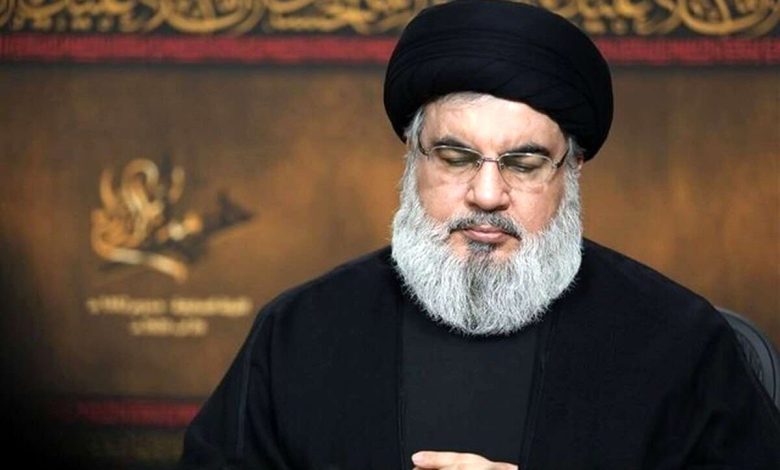
 Mujahid al-Suraymi — Sana’a
Mujahid al-Suraymi — Sana’a
This is Nasrallah — the master of presence, love, war, jihad, resistance, freedom, martyrdom, the martyrs, courage, stance, and speech —
a hero whom death cannot extinguish, whom no single generation can contain, whom no geographical border can limit, and whom no era can confine.
Those who come after him will not remember him merely as a fragrant memory once a year, but as a living source of inspiration and spiritual nourishment — each according to his depth of understanding and ability to dive into that sea of divine light.
Indeed, one such as he (peace and blessings be upon him) can never be reduced to a mere annual commemoration or a page of history gone by.
Our task is to seek the principles that, through their understanding, allow us to follow his example — as a model and a hero of the path of resistance.
Why?
Because he was the path itself, before being the hero of that path;
he was the natural extension of Ahl al-Bayt, those who lived for all humanity, sacrificed for all people, and taught us that true religion and the righteous path — both expressions of connection to God and affirmations of His oneness — are only genuine when reflected in the believer’s actions, words, and conduct.
The road to God passes through people.
Whoever claims to walk toward God must realize that the summit of nearness to the Merciful lies in closeness to His servants — in aiding the oppressed, giving to the deprived, fighting the tyrant and the corrupt, uplifting the downtrodden toward strength, dignity, knowledge, progress, and freedom; bearing witness to truth, whatever the cost; and revolting against every form of falsehood, great or small.
A man whose very essence was molded from the clay of Karbala,
whose soul was inhabited by Husayn — the man, the Imam, the revolution —
could only be the embodiment of all time, like the sun and the moon.
His being was not confined to a single generation, for he anchored his life in the orbit of Ashura and made his dwelling and movement upon the soil of Karbala — a land that inhabited him rather than the other way around.
To him, the entire earth, no matter how vast or diverse, was but an arena of an eternal struggle between two camps: the Husayni and the Yazidi.
That is Nasrallah; that is the Sayyid — a fighter, a leader, and a martyr.
And today we see him transformed into a spirit dispersed among seventy-five thousand members of the “Imam Mahdi Scouts” — the generations of the Sayyid — who carry his message as a promise to every free soul still faithful to the covenant.
The singular Sayyid has become generations, who in turn will create more generations — until Lebanon itself becomes Nasrallah.
For his blood is the river that nourishes these fields; indeed, he was both the sower and the irrigator.
What a magnificent life!
For when that singular leader, who bore the burden of an entire nation, ascended, his life began anew — not in a single man or a single generation, but in generations unending.
Surely, the harvest will remain, for through it we continue to see the farmer himself and to live with him.
And this is the planting of Nasrallah — we live today through it, with hope, renewal, and victory after victory, by the will of God.



